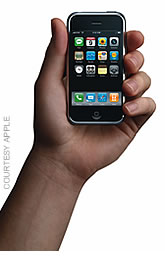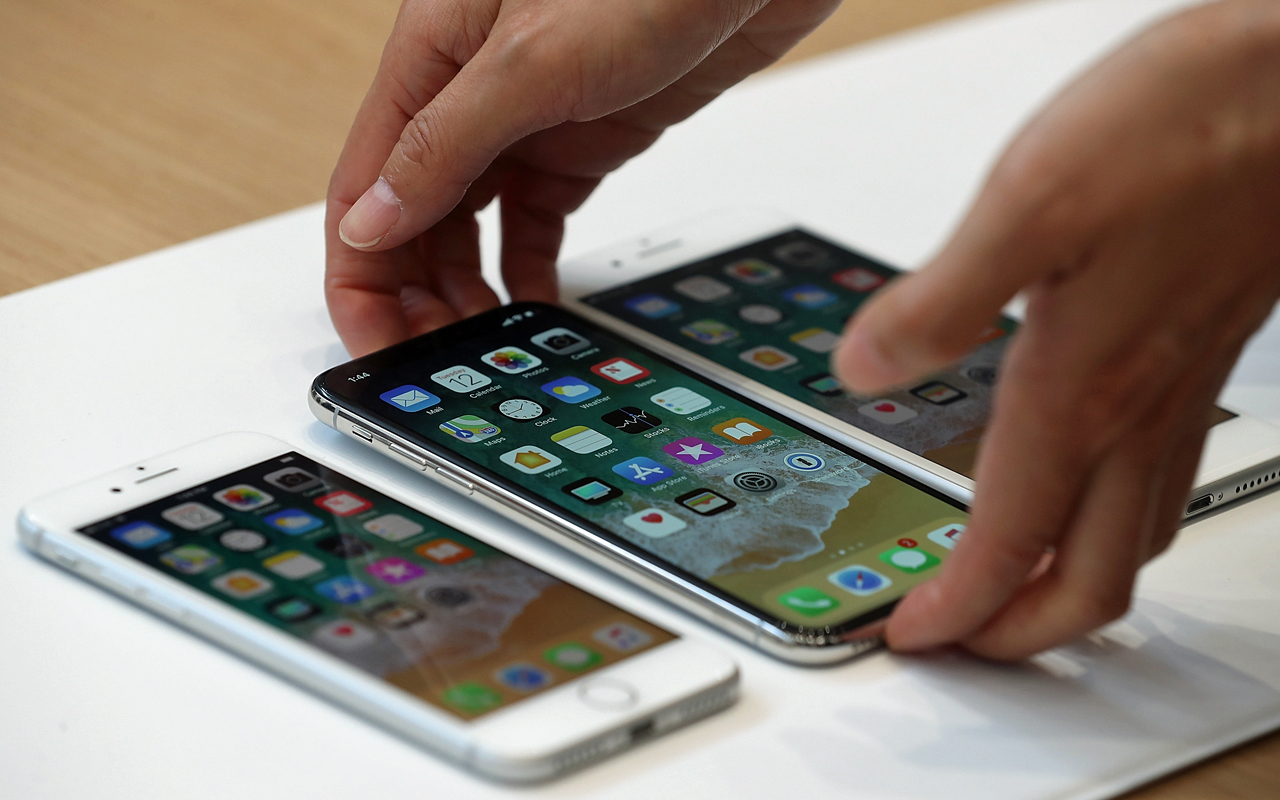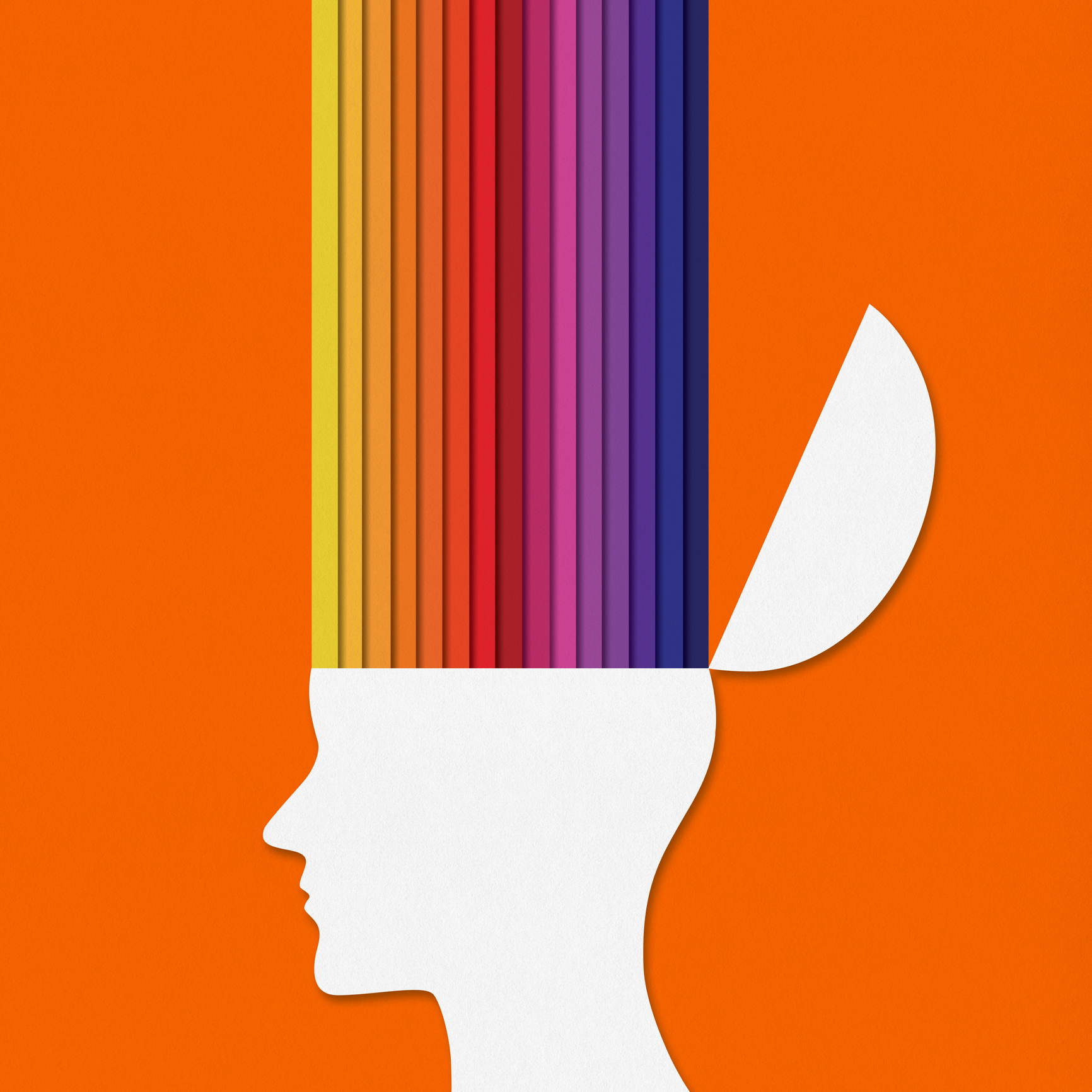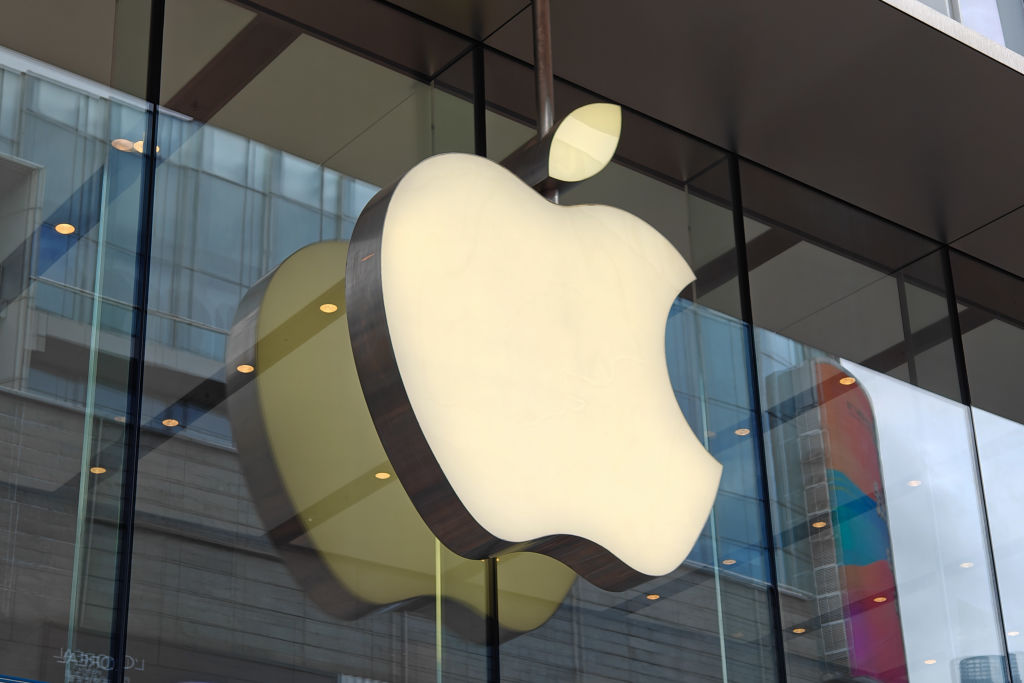iPhone Worth Every Penny
Is the most-hyped gadget of the year worthy of all the commotion -- and the hefty price tag? We think so.
Editor's note: On Sept. 5, Apple cut the price of its iPhone by $200, offering people who had recently bought one at its original $600 price a $100 credit for other Apple products. We liked the iPhone at its old price, so we like it even more now.

The iPhone has been out for a while, the media blitz has mercifully ended, and CEO Steve Jobs is off pitching other Apple wares. Which makes us step back and wonder: Was the iPhone worth the hype?
In a word, yes. After putting Apple's first smartphone through its paces, we believe it's the best personal communicator your money can buy. Sure, it has its shortcomings, but they're minor relative to its merits.

Sign up for Kiplinger’s Free E-Newsletters
Profit and prosper with the best of expert advice on investing, taxes, retirement, personal finance and more - straight to your e-mail.
Profit and prosper with the best of expert advice - straight to your e-mail.
Of course, the iPhone isn't for everyone, particularly those who don't need an iPod or Internet access anytime, anywhere. And then there's the sky-high price ($400), which limits the tech gadget to the usual early adopters: well-heeled tech enthusiasts, status seekers and Apple devotees.
Hello, good lookin'
The iPhone's design is striking: A mere 11.6 millimeters thin, it's uber-cool aluminum and glass casing sets it apart from the often-clunky lineup of smartphones. Practically every feature and setting is managed via a bright 3.5-inch diagonal touchscreen, and the handset has a strikingly clean look. A single button below the screen is for turning the device on and returning to its main menu. (The sides of the unit have a few additional buttons and ports for volume and mute settings, connecting earbuds or headphones, and so on.)
Perhaps the greatest challenge facing smartphone designers is how to build a simple, intuitive interface for a complex toolkit. With the iPhone, these tools include a camera, cell phone, e-mail reader, web browser, music and video player, and web browser. The good news: iPhone is quite easy to learn -- albeit with a few exceptions -- without cracking open a manual.
Its home screen features a colorful icon for each major feature. Touch the phone icon, for instance, and the screen becomes a 10-digit keypad for dialing; tap the Safari link and a web browser appears. By comparison, other smartphones sport a confusing mishmash of cryptic controls and are harder to learn.
Just a touch away
Indeed, the iPhone has so many clever innovations it's hard to catalog them all. Example: The Safari browser displays full Web pages, not the text-only, slimmed-down versions you get with other phones. Of course, iPhone's screen is too small to read standard web pages, but Apple has a solution. To magnify a page, simply tap the screen twice. Still too small? Tap again. Or you could try the pinch method: To zoom in, place two fingers together on the screen and move them apart.
Granted, all this tapping, dragging, and zooming gets tedious after awhile, and iPhone's mini-browser is no substitute for its full-size cousins. Then again, it's good enough for browsing news sites or running a quick Google search.
Speaking of Google, its popular map feature is accessible via the main menu. To enter a street address, you tap the map window and a keyboard slides up, filling the bottom half of the screen. Google Maps provides satellite photos too, just like the desktop version. On the down side, we're not crazy about the touchscreen keyboard, which is cramped and hard to type on. Typing errors are common, and hopefully future iPhones will allow you to resize the keyboard.
[page break]
The entertainment features are very good, although there's room for improvement here too. The iPhone's crisp and colorful screen is very good for viewing YouTube videos, which are prominently featured. (A YouTube icon appears on the main menu.) You rotate the phone to landscape orientation to view videos in widescreen format, and the image and audio quality are excellent.
The bad news is that iPhone doesn't support Adobe's widely-used Flash technology, at least not yet. This severely limits your Web video-viewing options; for instance, you can't watch TV shows at ABC.com.
More than a pretty interface
The built-in iPod lacks the familiar and ingenious Click Wheel controls, but that's not a problem. In fact, the new interface is cooler. The new Cover Flow feature mimics the sensation of flipping through an album collection. To browse your music catalog, simply slide a finger to the left or right, and the album covers (downloaded from iTunes) scroll by. When you find the song you want, tap it to play it. Alternatively, you can scroll through lists of songs arranged by artist, genre, and so on.
One musical gripe: To access the iTunes store, you must connect the iPhone to a Mac or PC. Why not bag the computer and handle iTunes transactions via wireless Internet? We're guessing this feature will come sometime in the future.
In case you've forgotten, the iPhone is a cell phone too, and a respectable one at that. In our tests audio clarity was quite good using AT&T, the only cell carrier that works with iPhone. Then again, it's wasn't notably superior to other high-end phones we've tested.
One particularly clever phone feature is called Visual Voicemail, which lists message headers (name, time of call) and allows you to jump to voicemails you want to hear first. Simple, yes, but smartly implemented and an example of Apple's obsession with improving the user experience.
Not quite perfect
Gripes? Sure. The camera's shutter lag is annoyingly slow, which makes the iPhone lousy for candid and fast-action shots. The touchscreen smudges easily and needs to be wiped off frequently, although a messy screen is still quite readable -- if not as pretty. And the speed of AT&T's EDGE data network, which maxes out at a poky 200 kilobits per second, is several times slower than your home DSL or cable connection. However, since iPhone has built-in Wi-Fi, you could always connect to a faster wireless network, when available.
Security experts have reported that the iPhone is an easy target for hacker attacks, although that problem appears to have been fixed (see reader comments below). No widespread iPhone attacks have been reported thus far.
And then there's the top-shelf price: $399 with 8GB of memory (Apple has discontinued the 4GB model). But wait, there's more: AT&T service plans for the iPhone range from about $60 to $100 a month. Expensive, yes, and not for the free-handset crowd.
But you know that already. What makes the iPhone special is its clever implementation and sleek design. If you want the best personal communicator out there, here it is.
Get Kiplinger Today newsletter — free
Profit and prosper with the best of Kiplinger's advice on investing, taxes, retirement, personal finance and much more. Delivered daily. Enter your email in the box and click Sign Me Up.
-
 The AI Doctor Coming to Read Your Test Results
The AI Doctor Coming to Read Your Test ResultsThe Kiplinger Letter There’s big opportunity for AI tools that analyze CAT scans, MRIs and other medical images. But there are also big challenges that human clinicians and tech companies will have to overcome.
By John Miley Published
-
 The Best Places for LGBTQ People to Retire Abroad
The Best Places for LGBTQ People to Retire AbroadLGBTQ people can safely retire abroad, but they must know a country’s laws and level of support — going beyond the usual retirement considerations.
By Drew Limsky Published
-
 New Apple iPhone Update Helps Protect Your Security
New Apple iPhone Update Helps Protect Your SecurityThe new Apple iPhone update that hit phones recently helps protect yourself with security fixes.
By Alexandra Svokos Published
-
 Smart Ways to Invest Your Money This Year
Smart Ways to Invest Your Money This YearFollowing a red-hot run for the equities market, folks are looking for smart ways to invest this year. Stocks, bonds and CDs all have something to offer in 2024.
By Jeff Reeves Published
-
 Roth IRA Contribution Limits for 2025
Roth IRA Contribution Limits for 2025Roth IRAs Roth IRA contribution limits have gone up. Here's what you need to know.
By Jackie Stewart Last updated
-
 Four Tips for Renting Out Your Home on Airbnb
Four Tips for Renting Out Your Home on Airbnbreal estate Here's what you should know before listing your home on Airbnb.
By Miriam Cross Published
-
 Five Ways to a Cheap Last-Minute Vacation
Five Ways to a Cheap Last-Minute VacationTravel It is possible to pull off a cheap last-minute vacation. Here are some tips to make it happen.
By Vaishali Varu Last updated
-
 Apple Hikes Apple TV Plus Price and Other Services
Apple Hikes Apple TV Plus Price and Other ServicesApple’s latest round of price increases follows price hikes from Netflix, Discovery and other streamers in the last few months.
By Joey Solitro Published
-
 How to Figure Out How Much Life Insurance You Need
How to Figure Out How Much Life Insurance You Needinsurance Instead of relying on rules of thumb, you’re better off taking a systematic approach to figuring your life insurance needs.
By Kimberly Lankford Last updated
-
 Amazon Big Deal Days Is Coming! We’ve Got All the Details
Amazon Big Deal Days Is Coming! We’ve Got All the DetailsAmazon Prime To kick off the holiday season with a bang, Amazon Big Deal Days runs Tuesday, October 8 and Wednesday, October 9.
By Bob Niedt Last updated